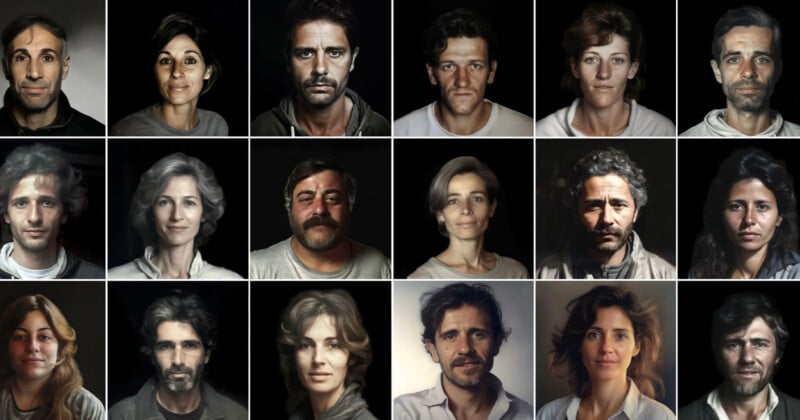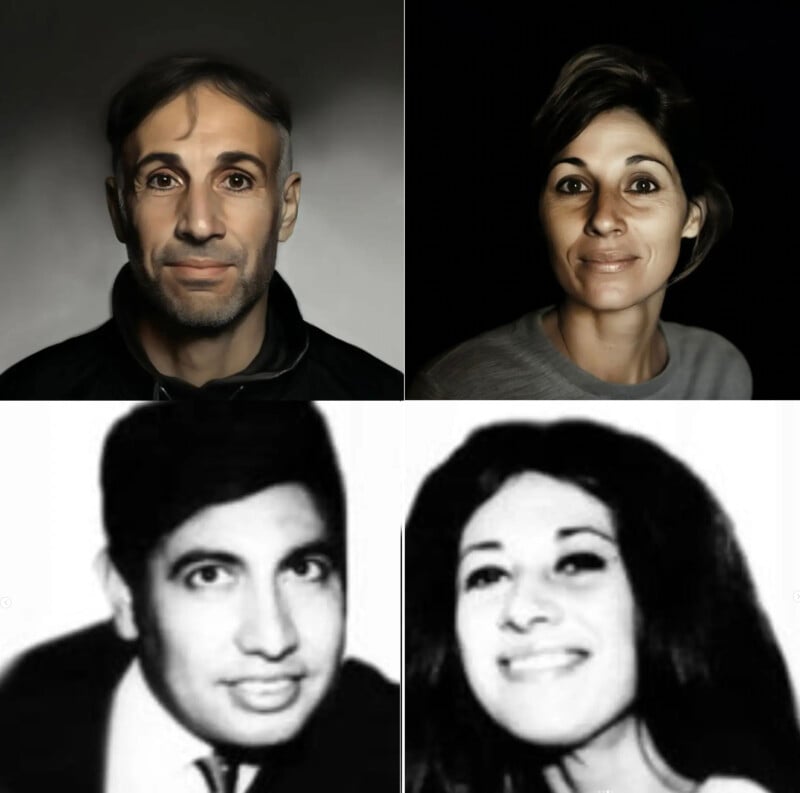AI Used to Create Faces of Missing Children Kidnapped During 1970s Military Dictatorship

During Argentina’s military dictatorship of the 1970s and 1980s, hundreds of children disappeared. Their crime was to have parents who were opponents of the regime. Now, AI is creating faces for the missing children.
Argentine publicist Santiago Barros has established an Instagram account where he uses photos of the childrens’ parents, who were also kidnapped, to create an image of what the child might look like today.
Barros’ Instagram page is called “iabuelas,” the “ia” representing artificial intelligence in Spanish, and “abuela” means grandmother; a nod to the famous activist group Grandmothers of Plaza de Mayo who have never stopped searching for their children.
“We have seen the photos of most of the disappeared, but we don’t have photos of their children, of those children who were stolen,” Barros tells the Associated Press. “It struck me that these people did not have a face.”

Barros takes photos of the missing mothers and fathers, which he gets from the Grandmothers of Plaza de Mayo project, and then uses them as a reference for AI image generator Midjourney to create a plausible image. If he doesn’t know the gender of the child, Barros makes two female images and two male images, picking the most realistic-looking one of each.
Is AI Helping to Find the Lost Children?
AI image generators like Midjourney suffer from biases, as such, some have criticized Barros’ work for containing generalizations. But some families looking for their lost kin say that they see the resemblance in the AI-generated faces.
Matias Ayastuy’s mother was kidnapped while she was pregnant in 1977, he provided Barros with photos of his missing parents to see what his brother or sister might look like — he was impressed with the results.
“A lot of people see the masculine image as similar to me. But what generated something very, very strong for me was the feminine one. I found a very striking resemblance to a cousin of mine,” Ayastuy says.
Barros specifies in each post that iabuelas is an “unofficial artistic project” and that the results contain inaccuracies. The Grandmothers of the Plaza de Mayo have also urged caution over the project.
“It is a campaign that shows simulations about possible faces of sons and daughters of the disappeared, but we know that people are much more than 50 percent of each of their parents and that foreign applications are set with genotypes of their populations,” the group says in a statement. “Therefore, the results are not accurate.”